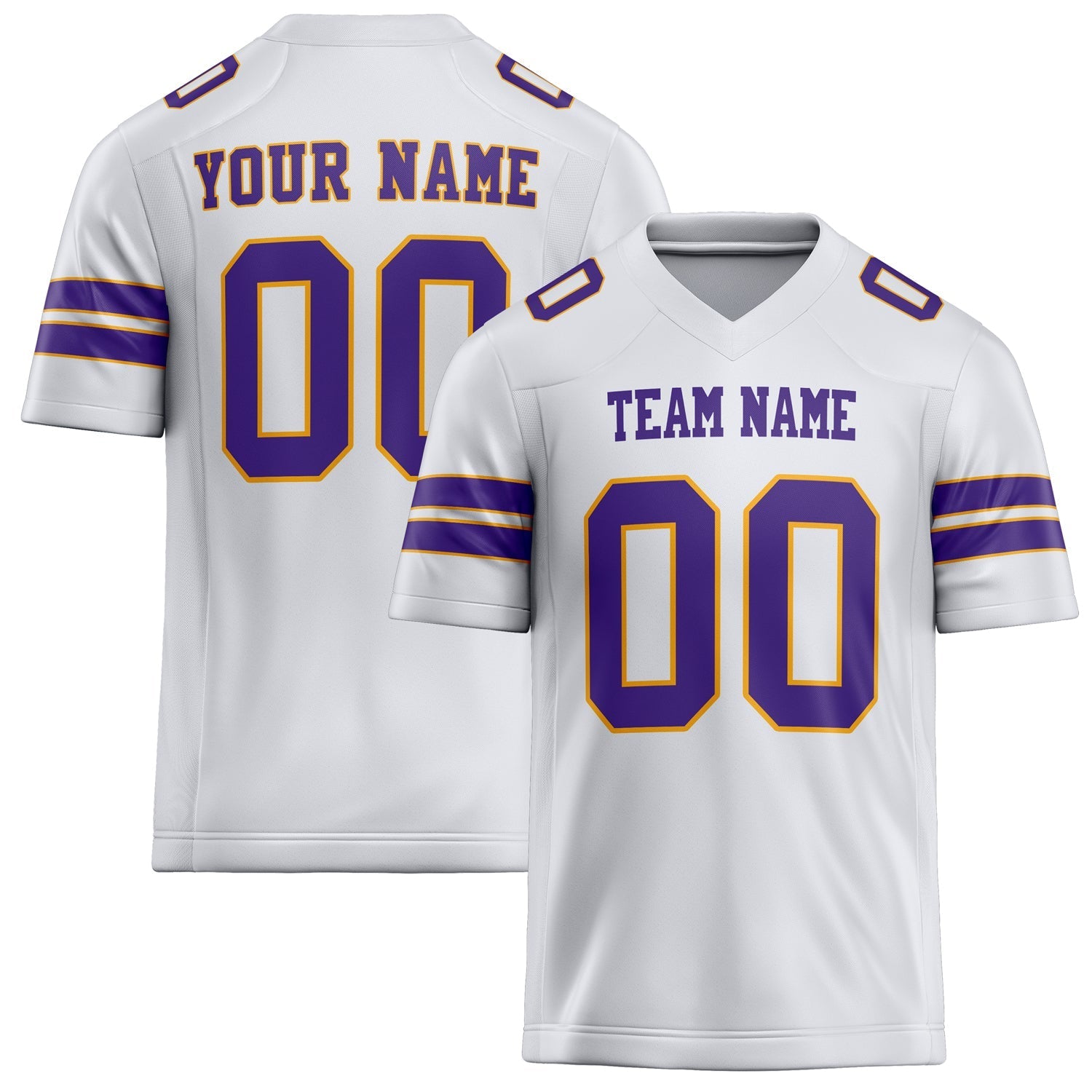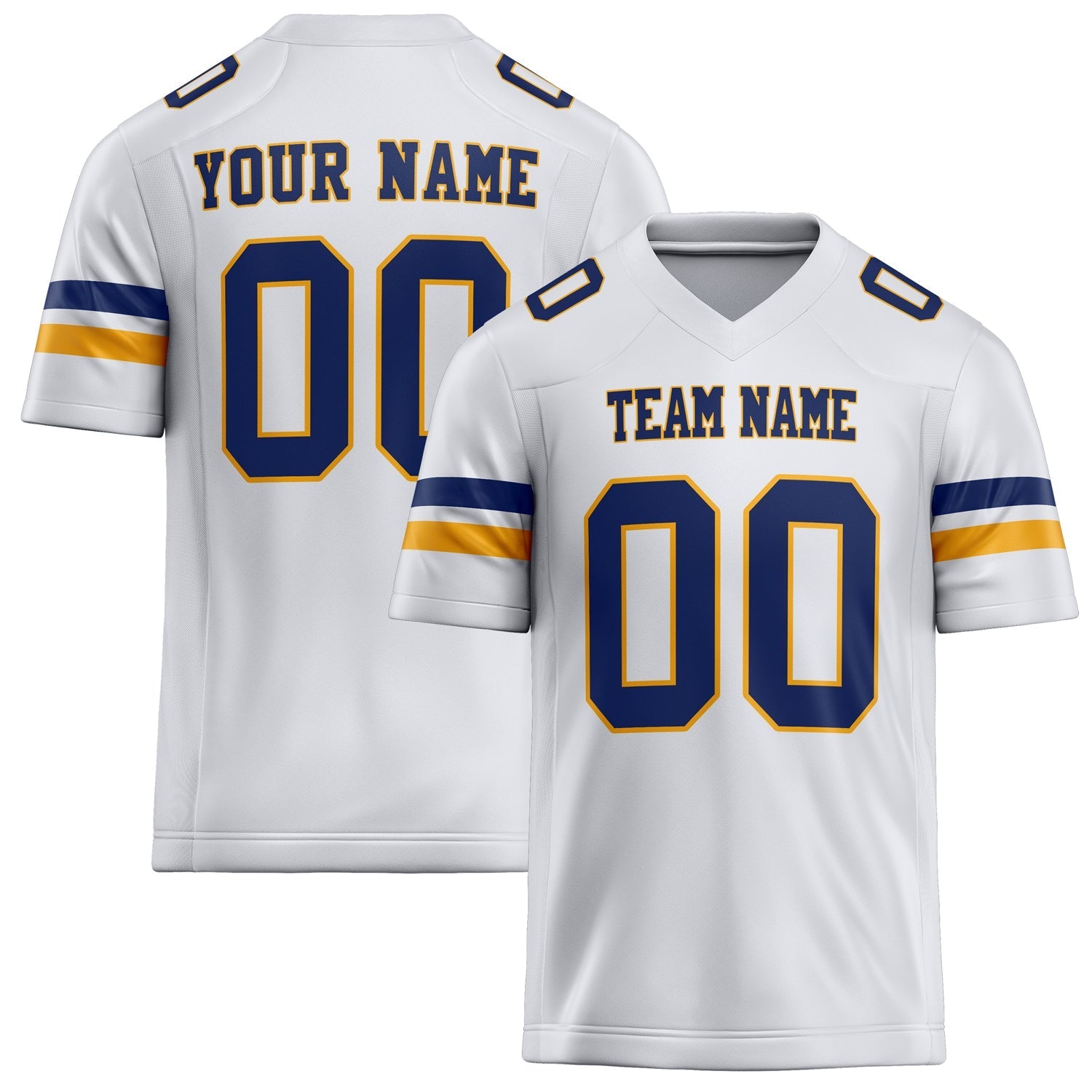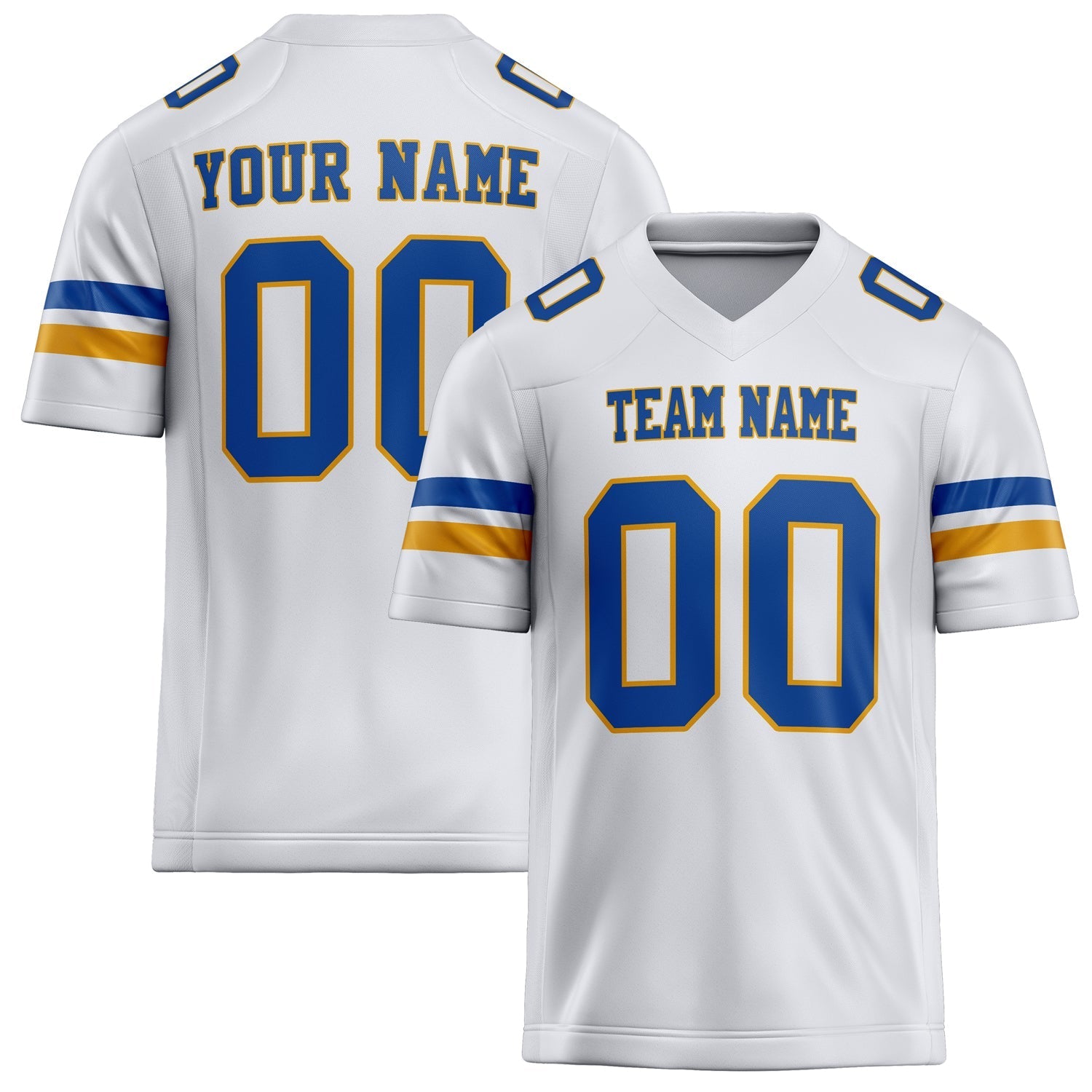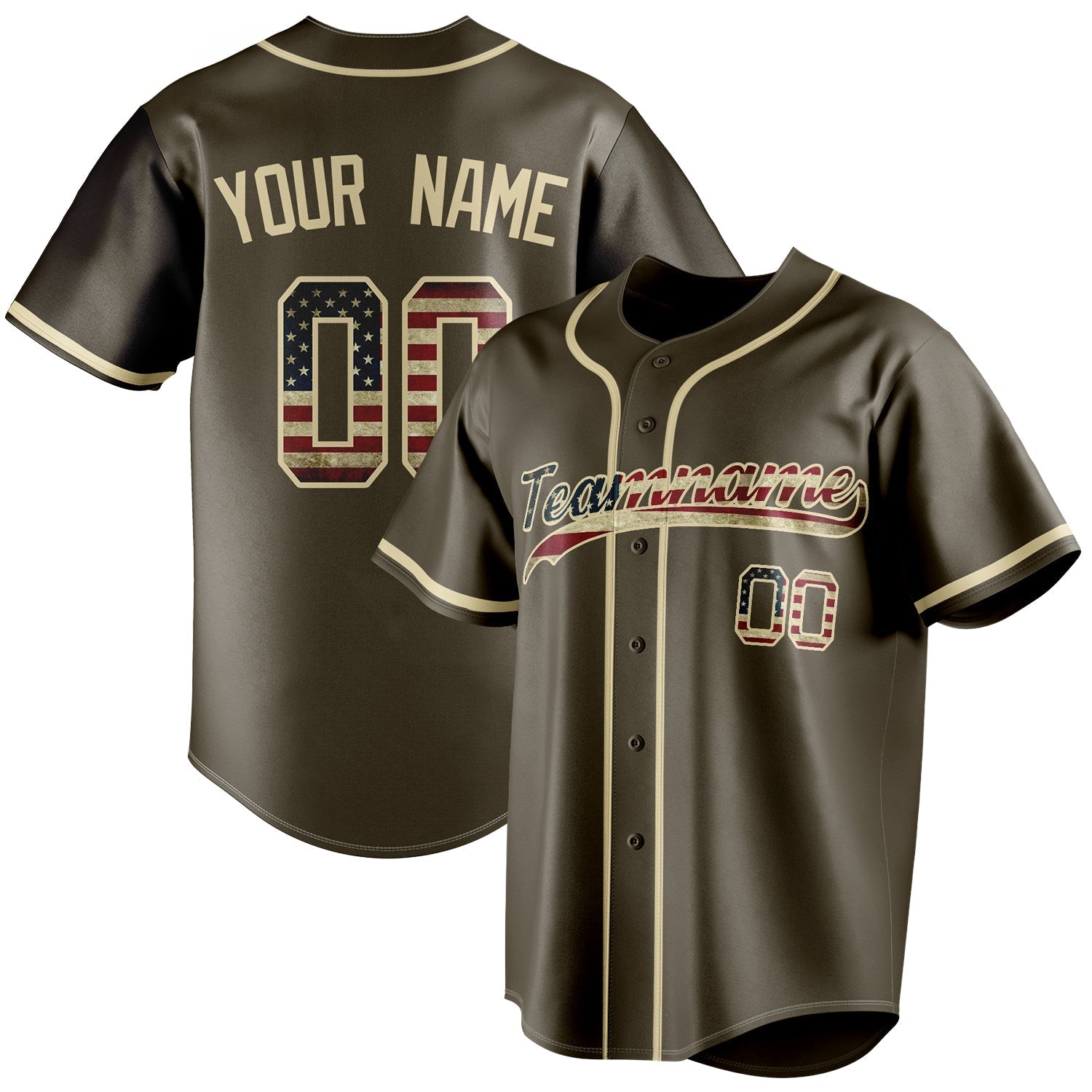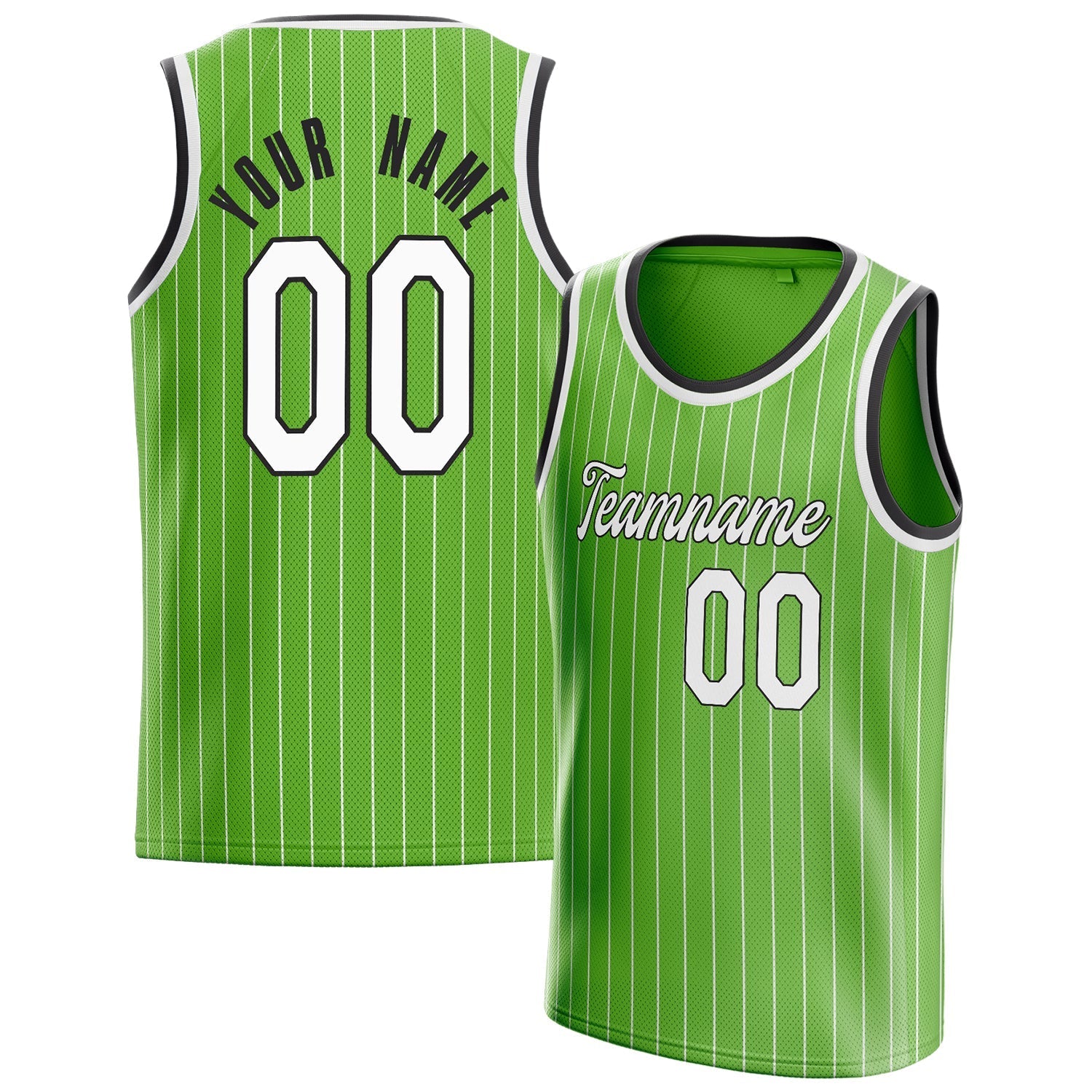The year 2025 marks a transformative era for football jerseys, where nostalgia-driven designs seamlessly integrate with cutting-edge technology and sustainability. This fusion reflects a broader cultural shift: the desire for authenticity, personalization, and environmental consciousness. From the revival of iconic retro styles to the adoption of smart fabrics and inclusive designs, new jersey for football collections are redefining both performance and fashion.
Retro Revival: Celebrating Football’s Iconic Eras
The cyclical nature of fashion has ushered in a bold return to retro designs, with brands reimagining classics from the 70s to the 90s. High-collar kits, reminiscent of Pelé’s era, and 80s-inspired color-blocking are making a comeback. For instance, Arsenal’s 2025/26 third kit pays homage to the 1991 "bruised banana" design, featuring geometric patterns and vibrant yellow accents. Similarly, Liverpool’s 2025 home kit draws from mid-2000s aesthetics, while Juventus’ aquamarine away jersey echoes coastal themes with a vintage twist. These designs resonate with fans seeking emotional connections to football’s rich history.
The 90s influence is particularly pronounced, with oversized silhouettes and bold graphics dominating streetwear trends. Brands like Nike and Adidas are leveraging this nostalgia, releasing lifestyle versions of retro jerseys tailored for casual wear. This blokecore trend—pairing oregon football jersey styles with baggy jeans and sneakers—has transcended stadiums to become a global fashion statement.
High-Tech Innovation: The Rise of Smart Jerseys
Technology is revolutionizing how jerseys function and interact with fans. Nike’s NFC-enabled new jersey for football allows users to scan a chip embedded in the fabric to access exclusive content, such as player statistics, match highlights, and even personalized playlists. This "phygital" (physical + digital) experience, pioneered by brands like Identiv and collectID, bridges the gap between merchandise and digital engagement, creating a new revenue stream for clubs while enhancing fan loyalty.
Thermoreactive fabrics are another breakthrough. Materials that change color based on body temperature or environmental conditions add a dynamic visual element to kits. For example, some 2025 jerseys incorporate sublimated patterns that reveal hidden designs during play, combining artistry with performance. These innovations are not just gimmicks; they represent a shift toward interactive, multi-functional sportswear.
Sustainability: Eco-Conscious Materials and Circular Practices
The push for sustainability is reshaping jersey production. Recycled polyester, derived from plastic waste, and organic cotton are now standard in high-performance kits. Brands like Nike and Adidas prioritize materials that reduce carbon emissions by 30% compared to virgin polyester. Additionally, bamboo and hemp blends are gaining traction for their biodegradability and low environmental impact.
Circular economy initiatives are also gaining momentum. Nike’s Grind program repurposes old jerseys into materials for playgrounds and running tracks, while brands like KOLAB use NFC tags to enable traceability and recycling
. These efforts align with a growing demand for ethical consumption—75% of consumers now consider sustainability when purchasing sportswear.
Gender Inclusivity: Designing for All Athletes
The era of unisex jerseys is fading. Clubs are now creating kits tailored to women’s physiological needs, with features like tapered waists, stretchable fabrics, and breathable mesh zones. Newcastle United’s 2025/26 women’s kit, for example, includes a unique "Howay the Lasses" neckline inscription and ergonomic cuts for enhanced mobility . Similarly, FIFA’s Women’s European Championship jerseys offer sizes from XS to 3XL, emphasizing inclusivity without compromising style.
This shift acknowledges the rising influence of women’s football. Brands are investing in dedicated design teams to ensure kits perform equally well on and off the pitch, blending aesthetics with functionality.
The Market: Customization and Niche Trends
Customization is a cornerstone of 2025 jersey trends. Brands use 3D design tools and augmented reality (AR) to let fans personalize blank football jerseys with names, numbers, and retro motifs. This trend extends beyond professional teams to amateur leagues and grassroots clubs, where oregon football jersey designs often incorporate local landmarks or cultural motifs.
Niche markets are also thriving. Limited-edition kits, such as Real Madrid’s platinum anniversary jersey or Manchester City’s heritage sash design, cater to collectors and fashion enthusiasts . Meanwhile, small-market teams like the San Antonio Spurs see strong sales due to community-focused branding.
Conclusion: Where Tradition Meets Tomorrow
The 2025 football jersey landscape is a testament to the sport’s ability to evolve while honoring its past. Retro designs evoke nostalgia, high-tech features enhance engagement, and sustainable practices ensure a greener future. As brands continue to innovate, the new jersey for football will remain more than just uniform—it will be a symbol of identity, innovation, and inclusivity. For fans and athletes alike, these jerseys represent a perfect blend of heritage and progress, offering something for everyone, from the purist who cherishes a classic oregon football jersey to the tech enthusiast eager to scan their first NFC chip.


